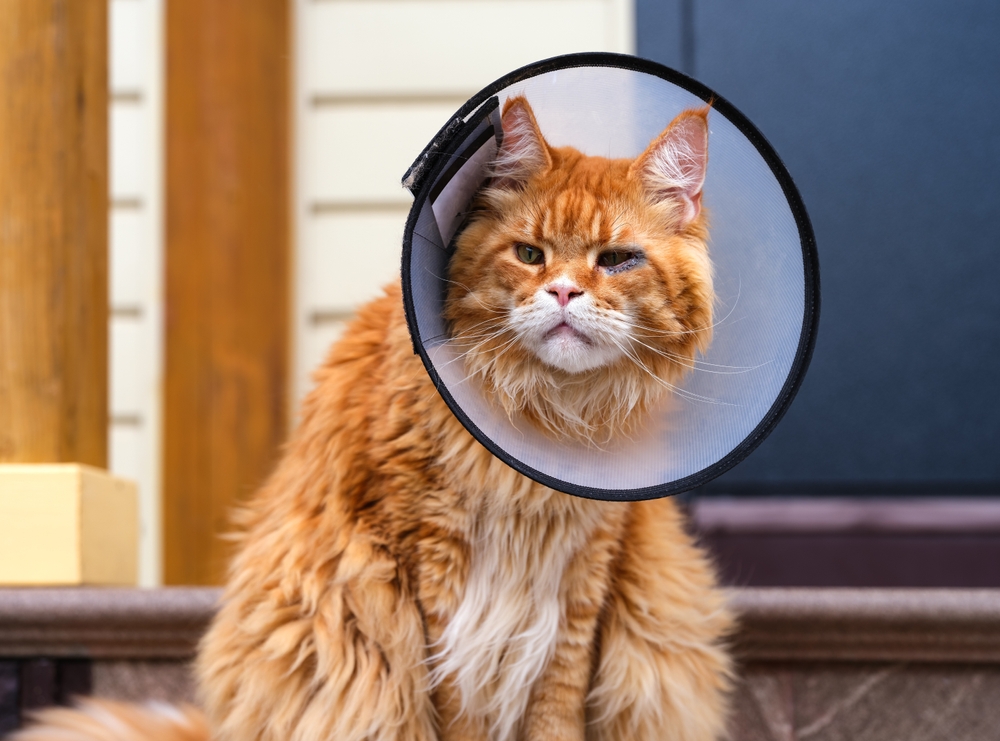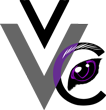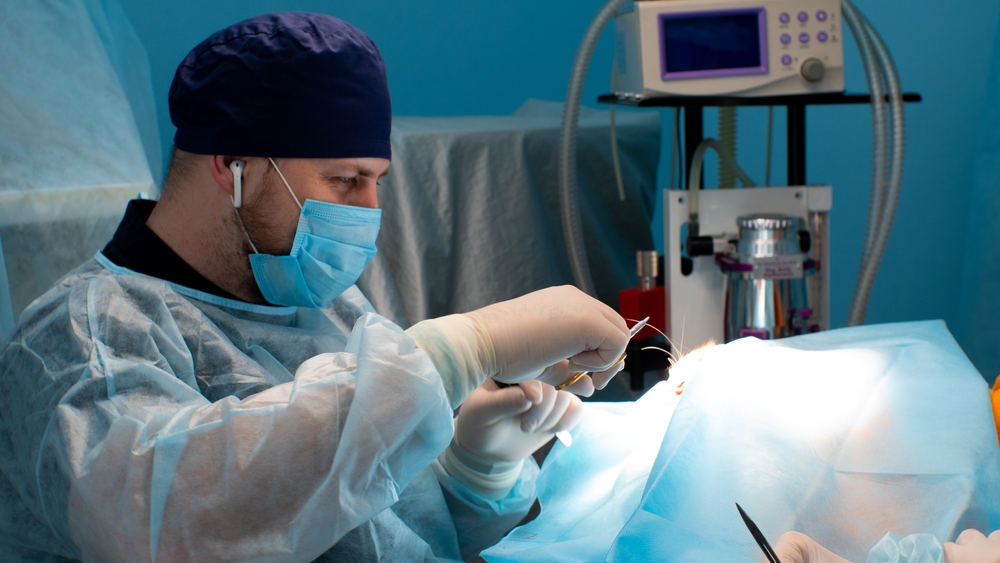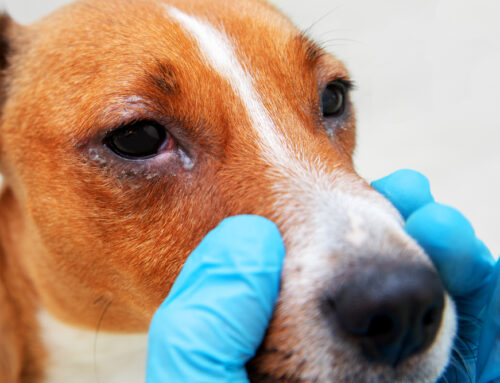Knowing their pet needs surgery is nerve-wracking for pet owners, but often surgery is the best choice for treating certain eye conditions. Common eyelid and eyelash abnormalities found in pets typically require surgery for permanent correction. The Veterinary Vision Center team wants to assure pet owners their furry pal is in good hands on surgery day and throughout the recovery process, so we are providing a comprehensive overview of what pet owners can expect when their companion undergoes eyelid surgery.
Why pets need eyelid surgery
Eyelid surgery is recommended to treat various ophthalmic conditions, including:
- Entropion — Eyelids roll inward, causing hairs to rub on the cornea
- Ectropion — Eyelids roll outward, which may or may not cause problems for the pet
- Eyelid tumors — Lid tumors are common in older pets and may rub on the cornea
- Eyelid agenesis — Causes incomplete eyelid development, usually in kittens, and can lead to severe corneal scarring
- Cherry eye — Protrusion of the tear-producing gland in the third eyelid that can lead to dry eye
- Abnormal eyelashes — Extra eyelashes or aberrant hairs grow toward the eye from the eyelid underside and cause recurrent ulcers and corneal scarring
A complete ophthalmic examination may reveal one or more eyelid conditions in pets with chronic tearing, recurrent corneal ulcers, redness, or squinting. These conditions are usually detected in puppy or kittenhood, although occasionally they develop in older pets. When we diagnose an eyelid condition, our team will discuss all options with the pet owner. Except in the most severe cases, eyelid surgeries generally have high success rates.
Pre-surgical pet preparation
Your pet will be assessed preoperatively with blood work and other appropriate diagnostic tests to ensure they are in optimal health to undergo anesthesia. Although most eyelid surgeries need correction to ensure long-term comfort and eye health, we may defer the surgery if the blood work reveals any concerning issue.
We ask that you fast your pet the morning of surgery to minimize complication risks, although you can medicate them as usual. Pets undergoing eyelid surgeries are dropped off in the morning and can typically go home that same afternoon to begin their recovery.
What happens to your pet on surgery day
On the morning of surgery day, you’ll check in with the veterinary team, who will address last-minute questions and provide you with a timeline. A nursing team member is assigned to care for your pet and will closely monitor them under anesthesia and during recovery. Our team will administers appropriate pain medications to ensure your furry pal’s comfort and sedatives to reduce anxiety.
Surgery duration varies, depending on case complexity and the particular procedure. Typical surgical techniques are as follows:
- Entropion — A portion of the eyelid is removed and sutured back together.
- Cherry eye — The third eyelid gland is replaced and tacked to prevent recurrence.
- Eyelid tumors — The tumor is removed and the eyelid is reconstructed.
- Eyelid agenesis — The eyelid may require complex reconstruction and grafting or freezing of the follicles of hairs rubbing on the eye.
- Abnormal hairs — Hair follicles are excised and/or frozen to prevent hair regrowth.
Pet anesthesia safety
Pet owners understandably worry about their furry pal undergoing anesthesia, but serious anesthetic complications are rare with today’s modern protocols. Our team is highly qualified and trained to handle routine and complex anesthesias, and we take all possible precautions to ensure pet safety. All pets undergoing surgery have an intravenous catheter (IV) placed to administer medications and fluids, pre-operative sedation to reduce stress, an endotracheal tube to protect their airway, supplemental heat to maintain normal body temperature, and monitoring with state-of-the-art equipment.
Postoperative care for eyelid surgeries

After the surgery, your pet will wake up in a designated recovery area. Most pets are groggy for a few hours and may or may not eat after returning home. Pain medications are sent home for pain management and possibly antibiotics to prevent infection. Most pets go home with an Elizabethan collar (i.e., cone collar) to protect the eyes and sutures from rubbing. Our veterinary team will provide detailed care instructions and recommend a follow-up appointment time.
Regular follow-up appointments with our veterinary ophthalmologist are crucial. The healing process must be monitored, as some complex cases require more than one procedure for complete resolution. If non-absorbable sutures were used, we will remove them at a follow-up appointment. Depending on your pet’s condition, ongoing ophthalmic care with routine rechecks may be necessary to maintain optimal eye health.
Understanding why pets need eyelid surgery and how veterinary ophthalmologists perform the surgery can alleviate pet owner anxiety and ensure a smooth experience. Our Veterinary Vision Center team has extensive surgical experience and can accommodate pets with special medical needs. If your pet has been diagnosed with an eyelid disorder or another ophthalmic condition, contact us to schedule an initial consultation.







Leave A Comment